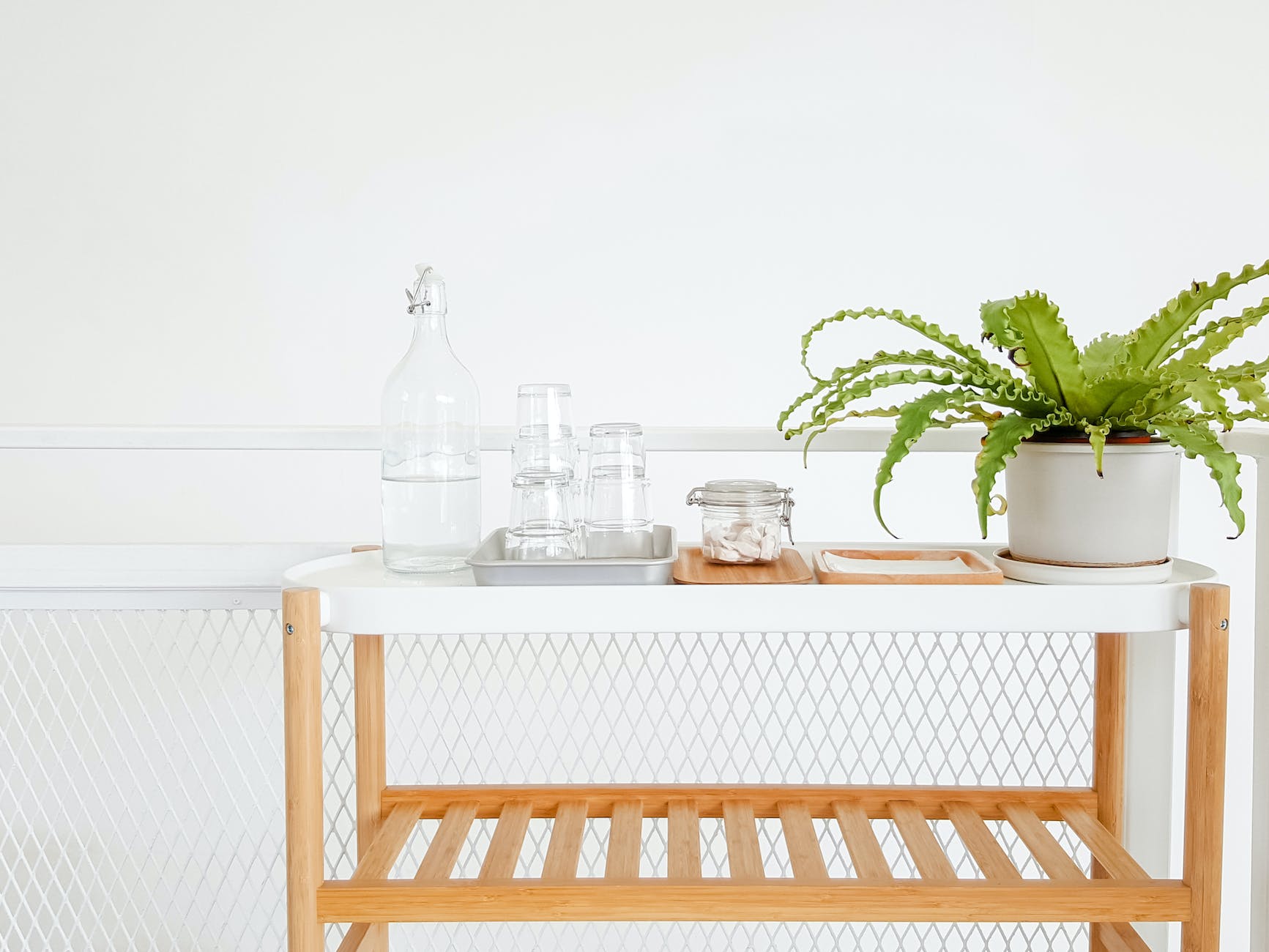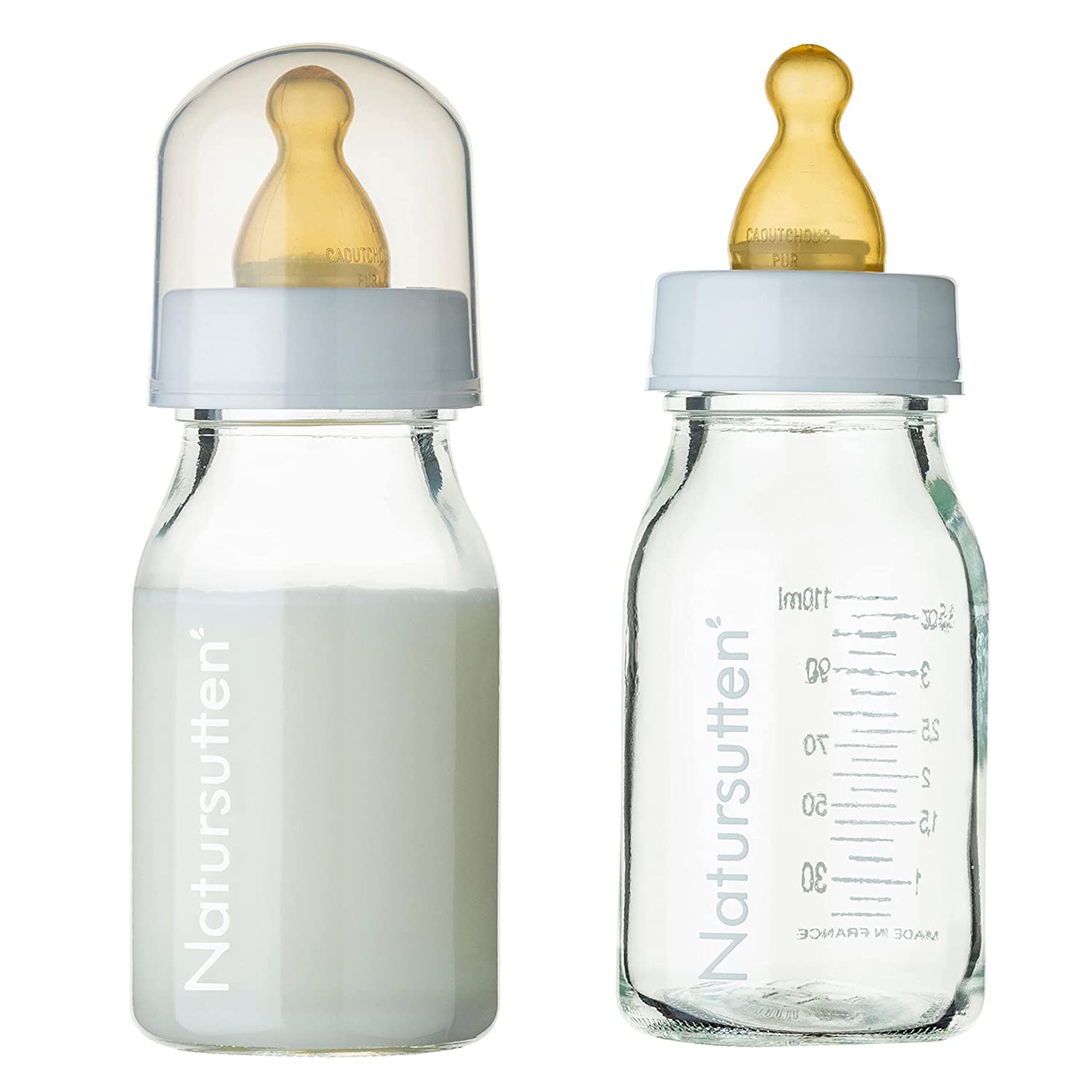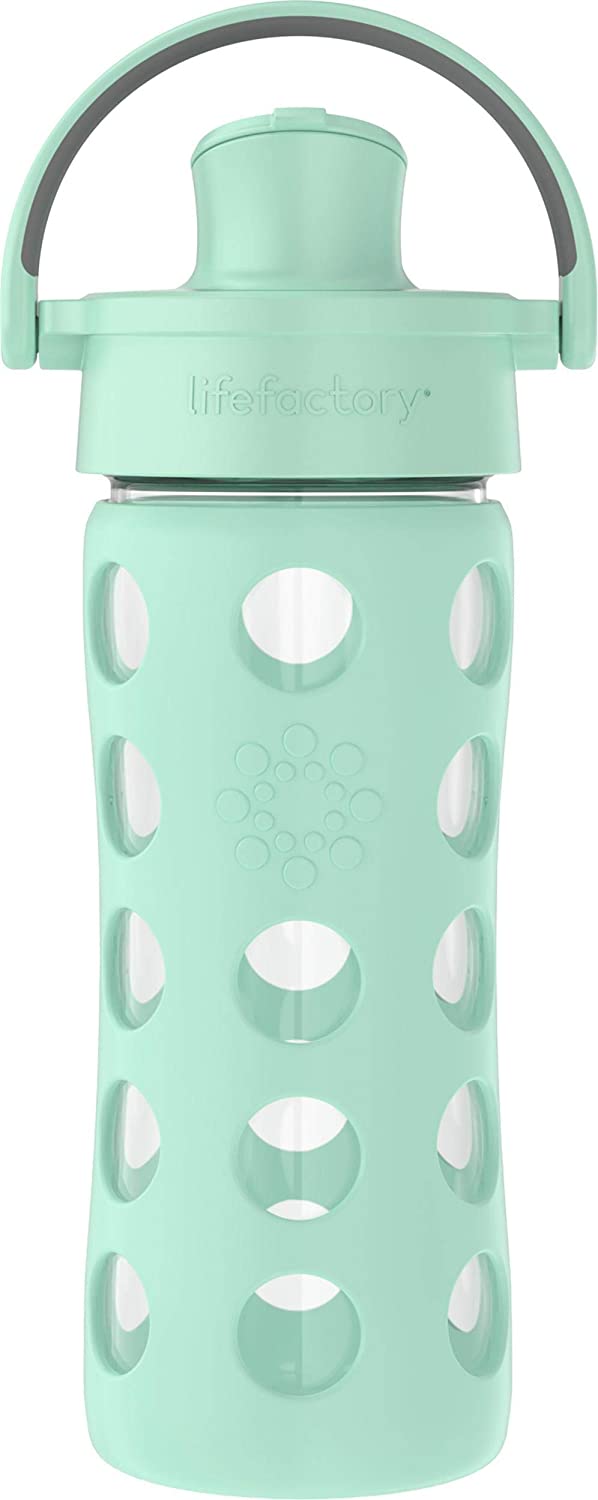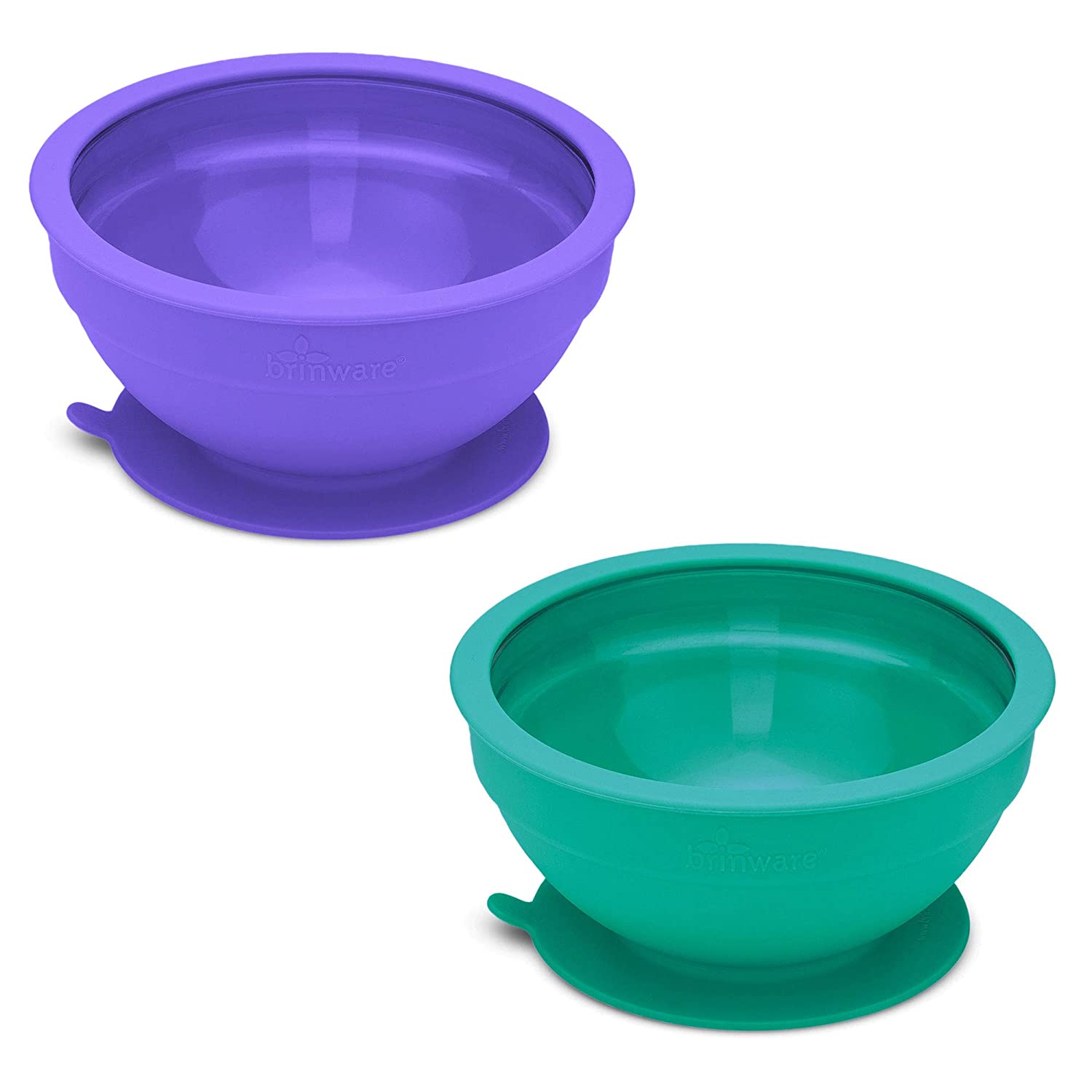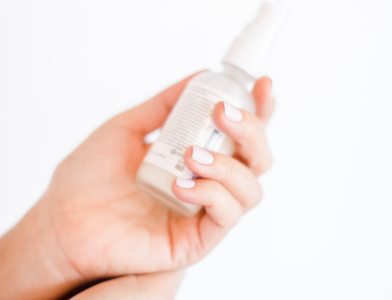Have you ever stopped to consider how toxic your home environment is? Given that indoor air is up to five times more polluted than outdoor air, we should be mindful of what we breathe in and put on our skin. Chronic, low-dose exposures over a lifetime can increase our risk of chronic diseases like cancer.
In my latest YouTube video, I show you my tried and true swaps that make the biggest impact on our home and health by starting with the basics, and the best part…some are totally FREE 🤑
Here’s what you’ll learn:
- Why do we need to detox our home?
- How does our home environment affect our health?
- What are the Top 8 Low Tox Swaps that have the biggest impact on our health?
If you want to watch the full video, press play now! You can also continue scrolling to read more.
Please note this blog post contains affiliate links that allow you to find the items mentioned in this video and support the channel at no cost to you. While this account may earn minimal sums when the viewer uses the links, the viewer is in NO WAY obligated to use these links. Thanks for your support!
Have you ever stopped to consider how toxic your home environment is? Given that indoor air is up to five times more polluted than outdoor air, we should be mindful of what we breathe in and put on our skin. Chronic, low-dose exposures over a lifetime can increase our risk of chronic diseases like cancer.
So, what can we do to detox our homes?
Here are eight non-toxic swaps to consider:
1️⃣ Swap outside shoes for slippers when you’re at home.
The soles of our shoes can bring in nasty things like poop, bacteria, viruses, PFAS forever chemicals, pesticides, herbicides, heavy metals, and microplastics (1,2).
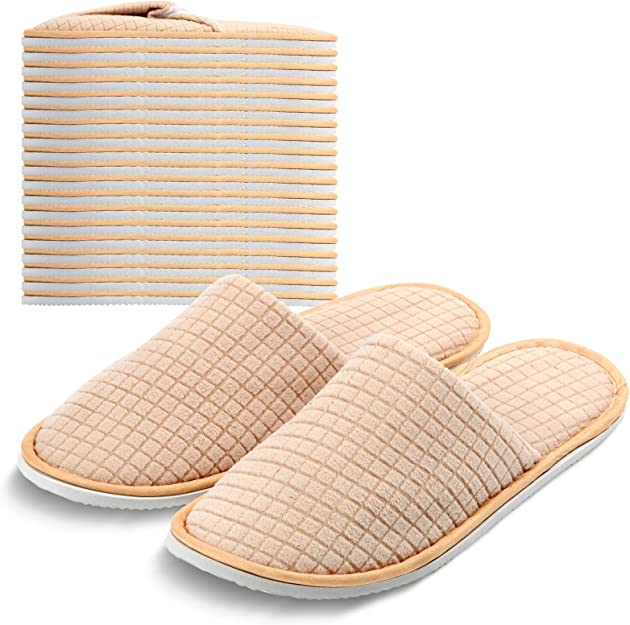
If you’re having guests over who may not be accustomed to taking off their shoes inside, providing guest slippers can help provide comfort and make it easier for your loved ones. A shoe rack helps to keep shoes contained and out of the way too!
2️⃣Swap bottled and tap water for filtered water.
Tap and bottled water can contain contaminants, microplastics, heavy metals, pesticides, herbicides, pharmaceutical drugs, PFAS, radioactive particles, and disinfection by-products. Check your water quality at https://www.ewg.org/tapwater/
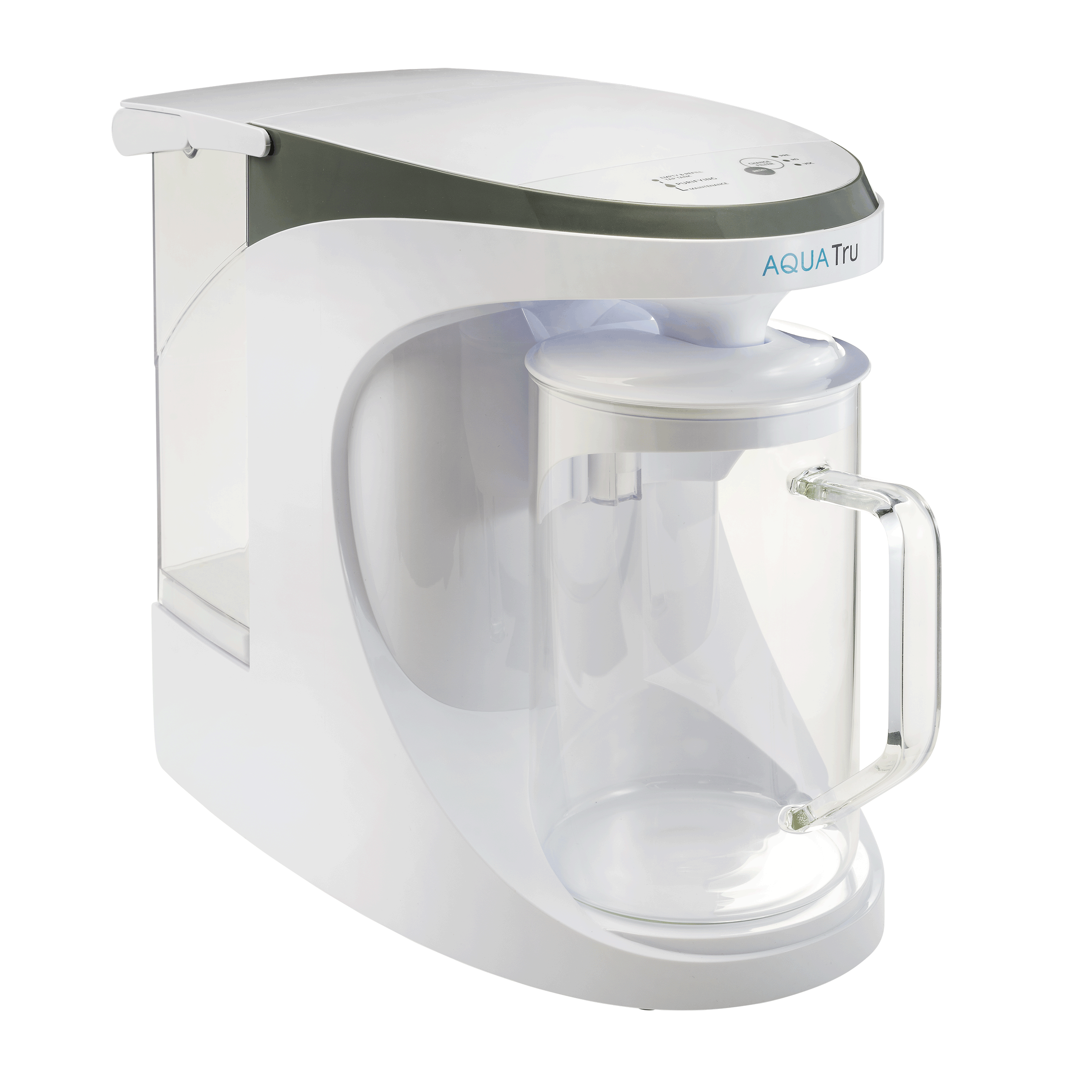
AquaTru Carafe Reverse Osmosis Water Filter ($100 off no code needed)
Consider a reverse osmosis filter to help you get fresh, filtered water at home. The AquaTru is NSF standardized, available with a glass carafe, and proven to remove major contaminants like fluoride, glyphosate, PFAS, heavy metals, and chlorine. They publish their water test reports to prove efficacy. This is really the only way to know if a filter is effectively removing contaminants. The pros are they remove the most types of contaminants giving you the purest water at home. The drawbacks are the requirement for electricity, waste water, and potentially having to add minerals back into your water.
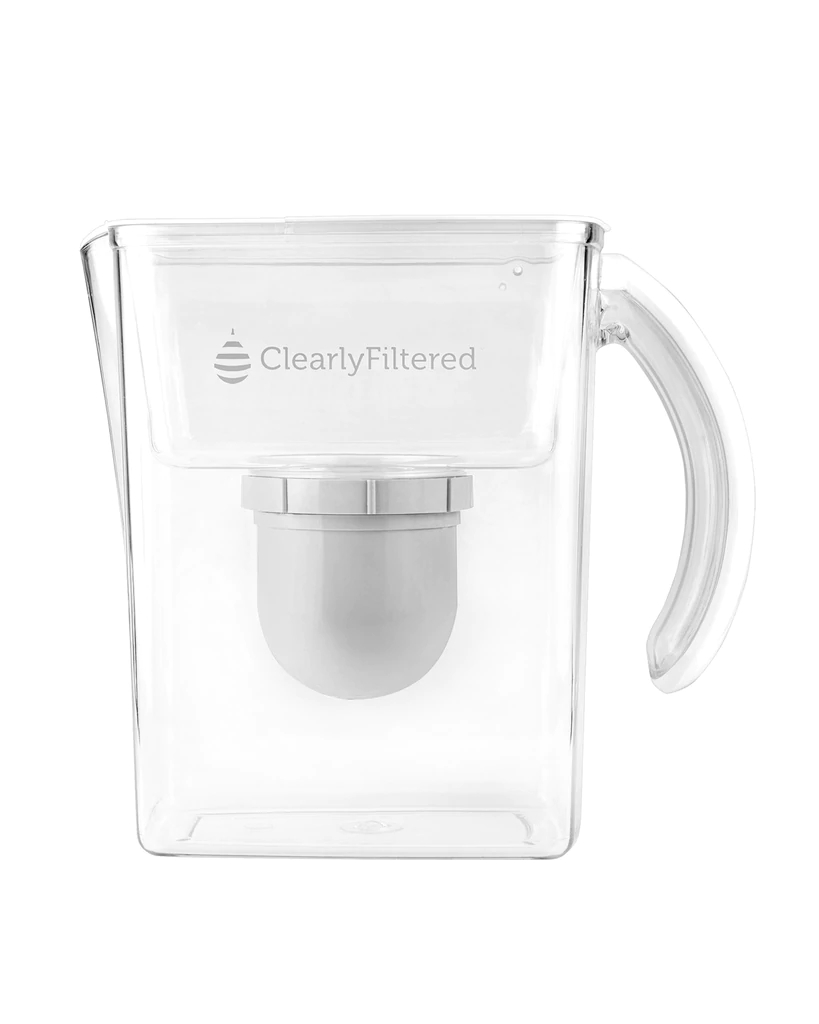
Clearly Filtered Water Filter Pitcher
Water filter pitchers are also a great option, but not all are created equal. These are perfect if you travel frequently or can’t install an under-sink unit. This Clearly Filtered pitcher is NSF standardized, compact, lower cost, and this company publishes their water test reports to prove efficacy. The drawbacks are that it doesn’t remove as many contaminants as a reverse osmosis filter and is only available in plastic.
3️⃣Swap plastic for glass water bottles and food containers.
Glass is the best food contact material since it’s non-leaching and infinitely recyclable.
Stainless steel is a great option for kids if broken glass is problematic.

Medical-grade silicone is good for cold storage such as freezing or as a snack pouch for kids.
4️⃣Avoid nonstick cookware, which is likely aluminum coated in PFAS chemicals.
These two are the worst types of cookware materials. PFOAs have been phased out of cookware so don’t be fooled by the marketing. These toxicants have been replaced with chemicals such as Gen X, which have similar toxic concerns (3). Instead, I opt for pure solid ceramic cookware.
The ceramic-coated stuff may look aesthetically pleasing, but create a considerable amount of environmental waste when they go into the trash. Unfortunately, ceramic coatings are thin and don’t last long so they’ll need to be replaced more frequently. Think of a piece of gold-plated jewelry vs solid gold. The plating/coating will rub off exposing the base metal. In this case, it’s so much worse when base metals leach into your food.
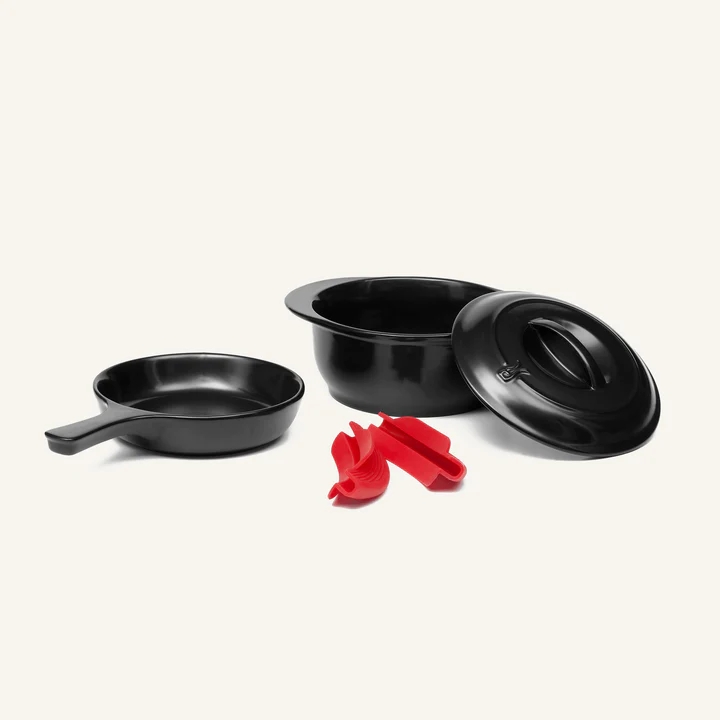
Check out my favorite brand here.
(Use code: DRYVONNE for an additional 10% off on top of sale prices)
5️⃣Swap plastic and silicone cooking utensils for wood.
Plastic and silicone are non-biodegradable and can leach chemicals. Rub coconut oil on untreated wood utensils to prevent cracking and drying.
I’ve found excellent, low-cost options at Ikea and Aldi. Finding them on Amazon is more of a challenge since they’re usually coated with an undisclosed lacquer that can leach into our food. Mineral oil is a common coating, and although a petroleum-derivative which is not ideal, it’s better than plastic cooking utensils.
6️⃣Swap conventional mattresses and bed sheets for organic ones.
Conventional and foam mattresses are sources of toxic exposure that affect everyone who sleeps on them. Our body weight and heat can cause chemicals to volatilize leading to inhalation exposure and respiratory irritation (4). This is especially problematic with polyurethane foams (5).
Movement during sleep can kick up dust mites, bacteria, mold, and other pathogens making them an inhalation risk (6). Opt for mattresses made with organic cotton, organic latex, and no polyurethane foams. Babies sleep for up to 13 hours a day (7), so an organic mattress like this one by Naturepedic is the way to go.

Best organic mattress & bedding
(10% off with code DRYVONNE)
7️⃣Swap conventional laundry detergent for non-toxic options.
Most of the laundry detergents on the market contain undisclosed fragrances as well as harsh surfactants that don’t actually rinse off completely from the clothes and can cause not only respiratory irritation but also skin irritation (8). I would also avoid chemicals like sodium laureth sulfate because it’s actually synthesized with a carcinogen.
The residues are not completely removed, so some of it could be ending up on your baby’s skin. Laundry detergent residue after rinsing has also been shown to disrupt the barrier of our airways and may contribute to asthma (9). Of course, avoid this for your kids especially . Some brands also include optical whitener chemicals, which I would recommend avoiding to my personal favorite laundry detergent is in a powder form. That way we can avoid throwing away empty plastic bottles into the landfill once we’re done with laundry detergent.

Best low tox powder laundry detergent
8️⃣Swap dryer sheets for wool balls.
Conventional dryer sheets usually contain undisclosed synthetic fragrances, petrochemicals that coat your clothing and make them feel “softer” and the actual sheet material is plastic. I switched to wool dryer balls years ago and never looked back. You can add essential oils if you prefer scent, but be sure to look for brands that test their oils for purity and publish the results for you to see.

By making these simple swaps, we can create a low-tox home environment that promotes health and well-being.
References
- https://pubmed.ncbi.nlm.nih.gov/27495010/
- https://pubmed.ncbi.nlm.nih.gov/35101758/
- https://pubmed.ncbi.nlm.nih.gov/28913736/
- https://pubmed.ncbi.nlm.nih.gov/10735518/
- https://pubmed.ncbi.nlm.nih.gov/31290311/
- https://pubmed.ncbi.nlm.nih.gov/25077669/
- https://pubmed.ncbi.nlm.nih.gov/24548111/
- https://pubmed.ncbi.nlm.nih.gov/35759448/
- https://pubmed.ncbi.nlm.nih.gov/30500342/

